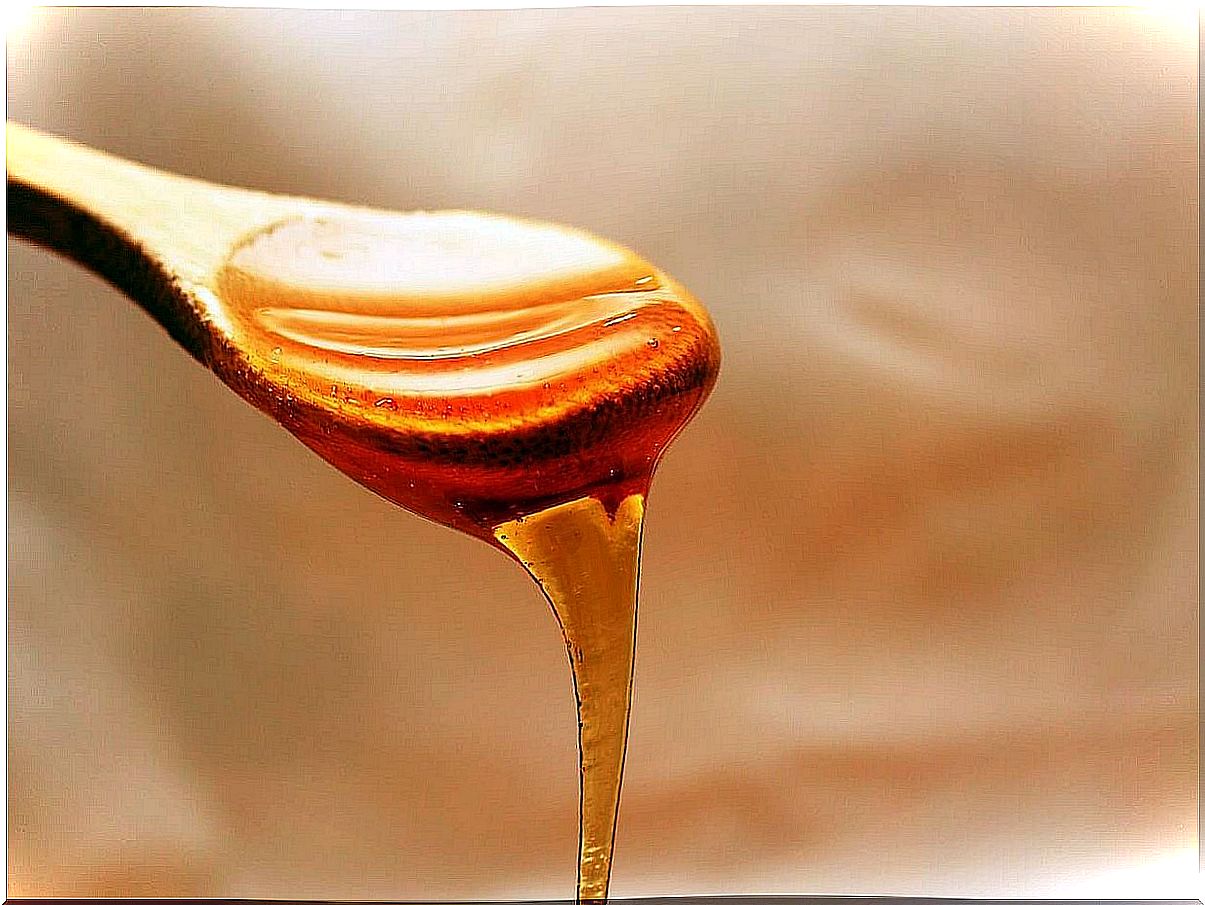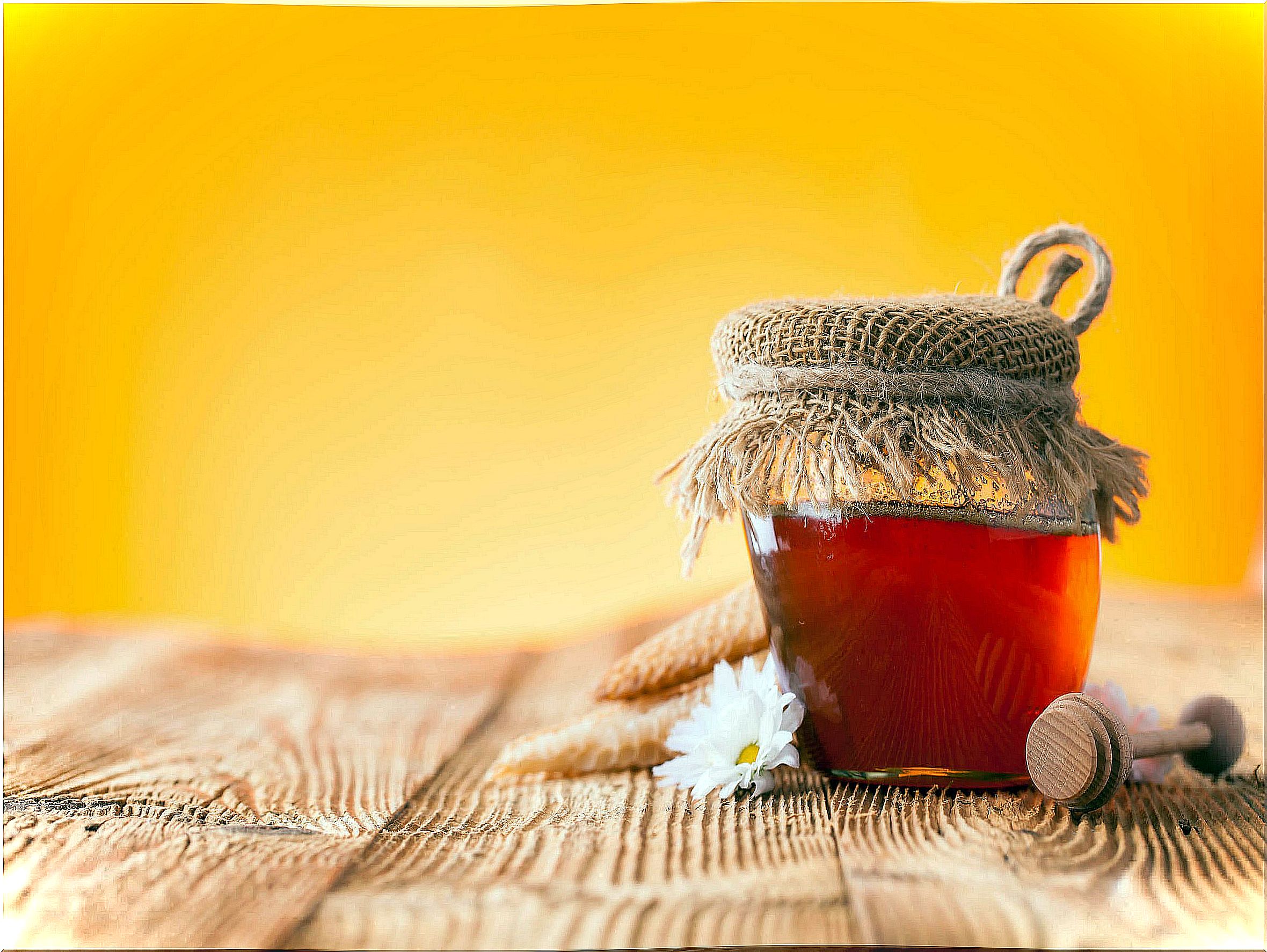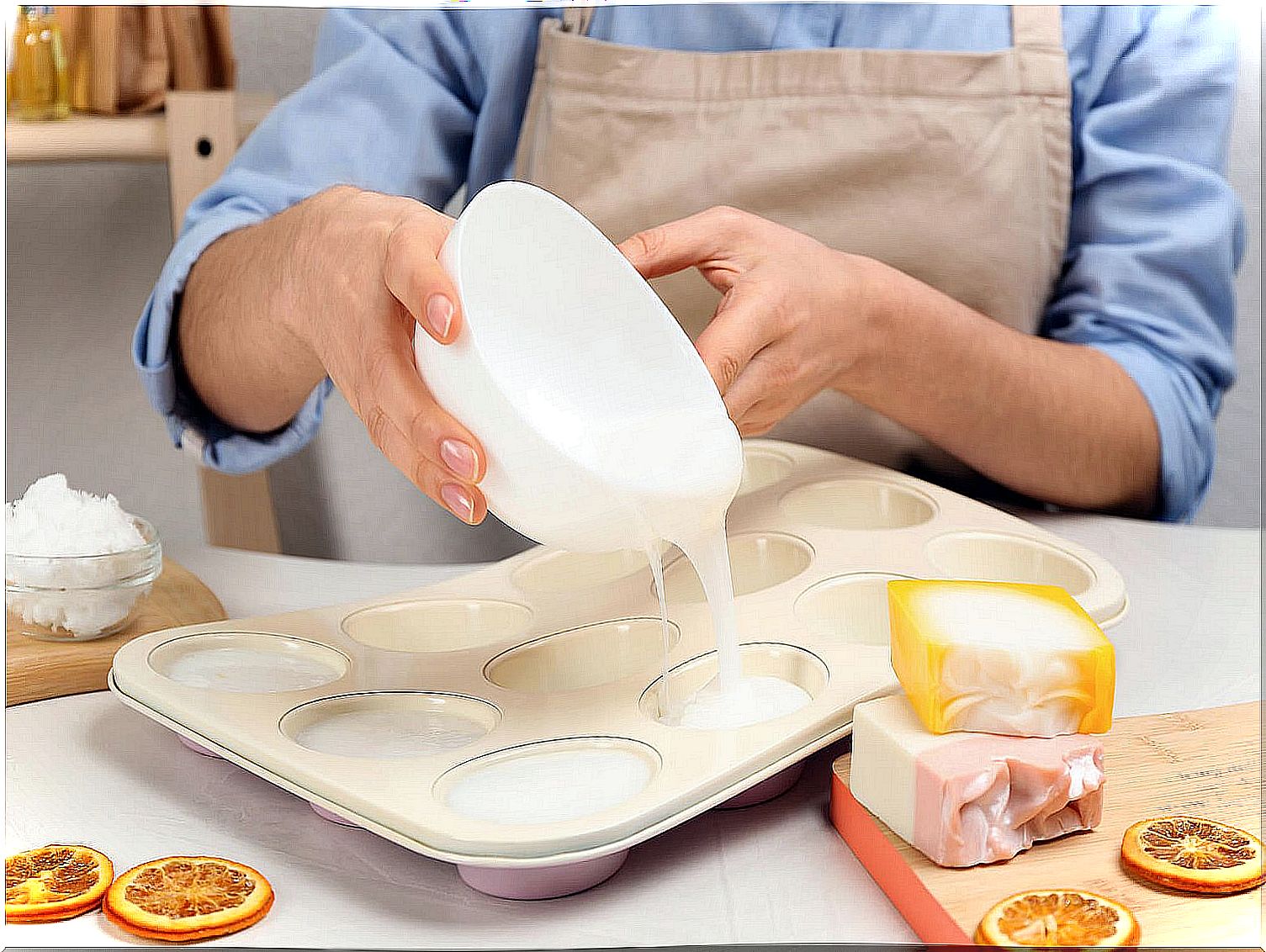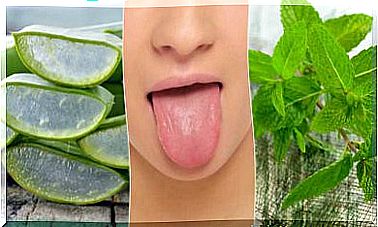8 Natural Antiseptics And Their Uses
Did you know that honey, in addition to being a disinfectant and accelerating wound healing, could also help reduce bruising? It would be enough to apply it topically.

You don’t have to be in the middle of the countryside or the jungle to use natural antiseptics. Sometimes, you can take advantage of the properties of certain foods and other natural elements to alleviate certain minor and temporary discomforts. In fact, honey is one of the most widely used.
In the following article we will tell you more about some of the different natural antiseptics that exist and which are those that can never be missing at home, in your first aid kit, or in your travel backpack. Take note!
Natural antiseptics par excellence
If you suffer a wound, cut or scrape, you can go to the kitchen and take advantage of the antiseptic properties that the following foods have. But beware, if you suffer from a skin disorder (dermatitis, psoriasis, etc.) it is best to refrain from doing so, as it could be counterproductive.
If you want to be sure which natural products you should use and which are not, we recommend that you consult your dermatologist. The professional will tell you everything you need to know about your skin type and the most appropriate care that you should provide.
1. Honey

Honey has been widely used since ancient times for its antiseptic effects. According to different studies, it could help disinfect the wound and even regenerate cells. You should only put a little honey on the affected area.
2. Carrot
Another widely used option is the use of carrots as an antiseptic. Ancient studies have indicated that it would have antimicrobial effects that would help fight infections. However, current investigations would be necessary to corroborate such information.
Natural medicine usually recommends preparing a paste with two boiled carrots and applying for a few minutes when it is cold.
3. Onion
An article published in the Journal of Food and Drug Analysis pointed out that onions, mainly red and yellow ones, have antibacterial properties. For this reason we include it in our selection of natural antiseptics. You could boil it, roast it, or apply thin cloths (layers) of the vegetable over the wound.
4. Lavender
In addition to being very pretty, having a characteristic aroma and attracting butterflies to the garden, lavender would have antibiotic and astringent properties. In fact, a comparative study of essential oils included it among those with antimicrobial activity. Therefore, you could prepare an infusion or apply as a poultice directly on the skin.
5. Garlic
Garlic is considered a fungicide par excellence. Therefore, you could make a paste and apply on the affected area. It is usually advised to relieve fungal problems, infections such as athlete’s foot, onychomycosis, etc.
6. Aloe vera
An aloe vera plant should not be missing in a home, because its gel is considered an interesting healing and antiseptic (not for nothing is it one of the star ingredients of many creams). Extract the juice from a stalk or stem with a spoon and apply directly to the wound, cover with a cloth.
7. Lemon
It would serve to disinfect wounds due to its antibacterial effect. You would only have to cut it in half and rub on the wound or add a few drops. This can be a bit painful and burning. It is not recommended for burns.
8. Eucalyptus
In addition to being used to relieve the symptoms of colds and coughs, this plant would have antibacterial qualities, especially in its leaves. They would need to be crushed to form a refreshingly scented paste that would then be applied as a poultice to wounds such as scrapes or cuts.
Homemade antiseptic recipes
Next we will share with you some recipes for natural and homemade antiseptics that you could prepare at home. Keep in mind that they do not have scientific endorsement, therefore, their effectiveness is not known.
For greater safety, we recommend consulting with your doctor before preparing and using them.
Antiseptic ointment
- The ingredients are 40 grams of grated beeswax, a cup of olive oil (it can also be coconut or almond), ¼ teaspoon of vitamin E oil (wheat germ), half a teaspoon of tea tree oil, 10 drops of lemon essential oil and 20 drops of lavender essential oil.
- In a small saucepan over very low heat, melt the oil with the beeswax. Remove from the heat and let it cool down a bit. Add vitamin E and essential oils. Stir with a wooden spoon. Pour into sterilized glass jars and allow them to cool to room temperature. Store in a cool, dark place. Apply as a paste on the wound.
Tea tree oil antiseptic soap
You need a pound of neutral glycerin soap, two tablespoons of tea tree essential oil, and a handful of dry green tea. Melt the soap in a double boiler and mix with the other two ingredients. Pour into a container with the shape you want the soap to have and let cool. It would be recommended for sensitive skin.
Honey Lemon Antiseptic Soap
It would have emollient, antiseptic and fungicidal properties. It does not have much “shelf life”, so it is recommended to use a small amount of each ingredient. You just have to mix 250 grams of neutral glycerin soap with two tablespoons of honey and oatmeal.

Antiseptic soap for surfaces
In addition to disinfecting the body or wounds, this soap would be good to leave the rooms of the house in perfect condition. It is used a lot by mothers when they have young children.
- The ingredients that are needed for this recipe are 250 milliliters of natural liquid soap (the one used for the hands or the body), 30 drops of lavender essential oil, 10 drops of lemon essential oil and 20 drops of essential oil of eucalyptus.
- Mix all the ingredients well and when they are well integrated, pour into a glass bottle or dispenser. Before use it is necessary to shake so that the oils are mixed. Use it as a supplement to a floor cleaner, for example, or to moisten kitchen rags.
Natural mouthwash
An antiseptic works in several places, in this case, in the mouth, where bacteria can proliferate from the remains of food.
- To make this antiseptic you need five tablespoons of rose petals, 150 milliliters of apple cider vinegar, 100 milliliters of rose water, 2 tablespoons of rosemary, 1 tablespoon of strawberry leaves and 4 tablespoons of sage. Mix the herbs in the vinegar and heat a little.
- Let it rest in a closed jar for ten days. Add the rose water and dissolve a little in water to make mouthwash.
Final comments
In summary, we have shared with you how to make your natural antiseptics at home. Without prejudice to the traditional antiseptics, you can use them in the cases previously provided. However, we recommend that in case of major injuries or more serious infections, you go to your doctor for professional treatment.









